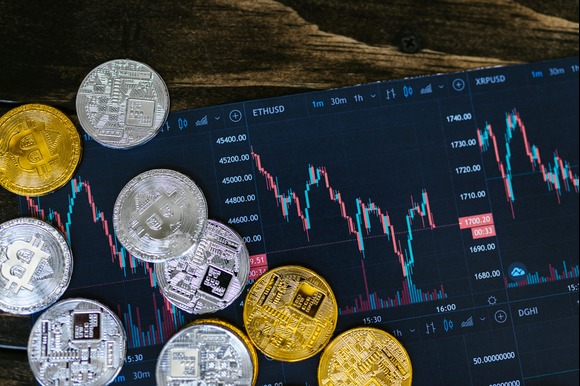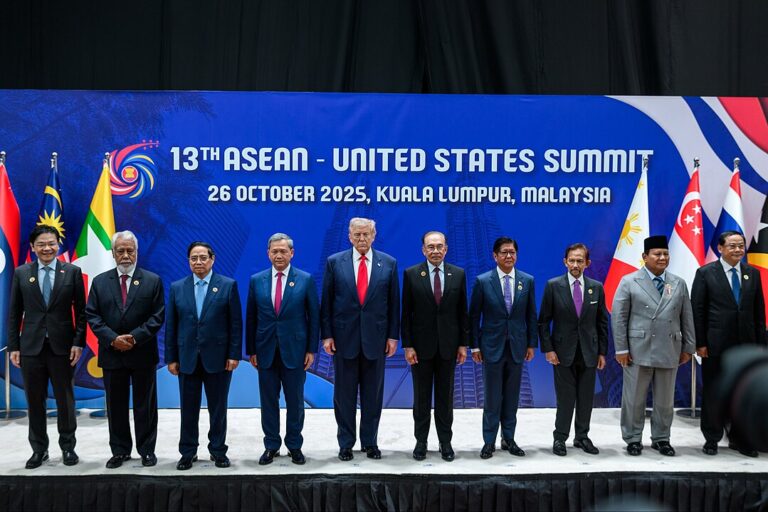
Photo by RDNE Stock project
Asian stock markets experienced a significant relief rally on Wednesday following President Donald Trump’s announcement that he had no intention of dismissing the Federal Reserve Chair, Jerome Powell, and his suggestion of potential reductions in tariffs on China. The dollar strengthened against various currencies after Trump retracted his earlier threats to remove Powell, which had previously undermined investor confidence in U.S. assets. Trump reiterated his desire to negotiate a deal with China that would not involve tariffs as high as 145 percent, while also stating that he would dictate the terms of the agreement if discussions with Beijing did not commence.
On Tuesday, Treasury Secretary Scott Bessent expressed optimism regarding a potential easing of U.S.-China trade tensions, although he acknowledged that negotiations had yet to begin and would likely be arduous. Chris Weston, head of research at broker Pepperstone, noted that while it is still early in the process, market sentiment appears to be shifting, reversing the previously dominant ‘sell America’ sentiment. Investors responded positively by purchasing undervalued stocks, leading to a 2.3 percent increase in Japan’s Nikkei index during early trading, while South Korea’s main index rose by 1.2 percent.
The broadest index of Asia-Pacific shares outside Japan saw a 0.3 percent gain. Wall Street continued its upward trend with S&P 500 futures increasing by 1.8 percent and Nasdaq futures by 2.0 percent, buoyed by some positive earnings reports, including a 5 percent rebound for Tesla after it missed forecasts. The dollar also recovered some of its recent losses, rising 0.8 percent against the Japanese yen to 142.72, moving away from a seven-month low of 139.89. Additionally, the dollar increased by 0.8 percent against the Swiss franc to 0.8262, while the euro fell by 0.6 percent to $1.1348.
Longer-dated Treasuries experienced a rally following Trump’s change of stance on Powell, which appeared to alleviate concerns regarding the credibility of US monetary and fiscal policies. Investors had expressed apprehension that pressure from the White House to lower interest rates could exacerbate inflation, particularly as Trump’s tariffs contribute to rising prices.
The yields on 30-year bonds decreased by 6 basis points to 4.812 percent, while yields on two-year bonds increased by 3 basis points to 3.83 percent, resulting in a flattening of the yield curve. Fed fund futures encountered selling pressure as investors adjusted their expectations for rate cuts by the end of the year to approximately 81 basis points. Tariffs continue to be perceived as a drag on the global economy, with the International Monetary Fund recently downgrading its growth forecasts for the United States, China, and many other nations. Nevertheless, the overall improvement in risk sentiment contributed to a recovery in oil prices, which saw gains of around a percentage point on Tuesday.
aEarly Wednesday, Brent crude rose by an additional 67 cents to $68.09 per barrel, while US crude increased by 64 cents to $64.31 per barrel. Meanwhile, safe-haven gold faced profit-taking, resulting in a decline of 0.8 percent to $3,353 an ounce, down from its all-time high of $3,500.




